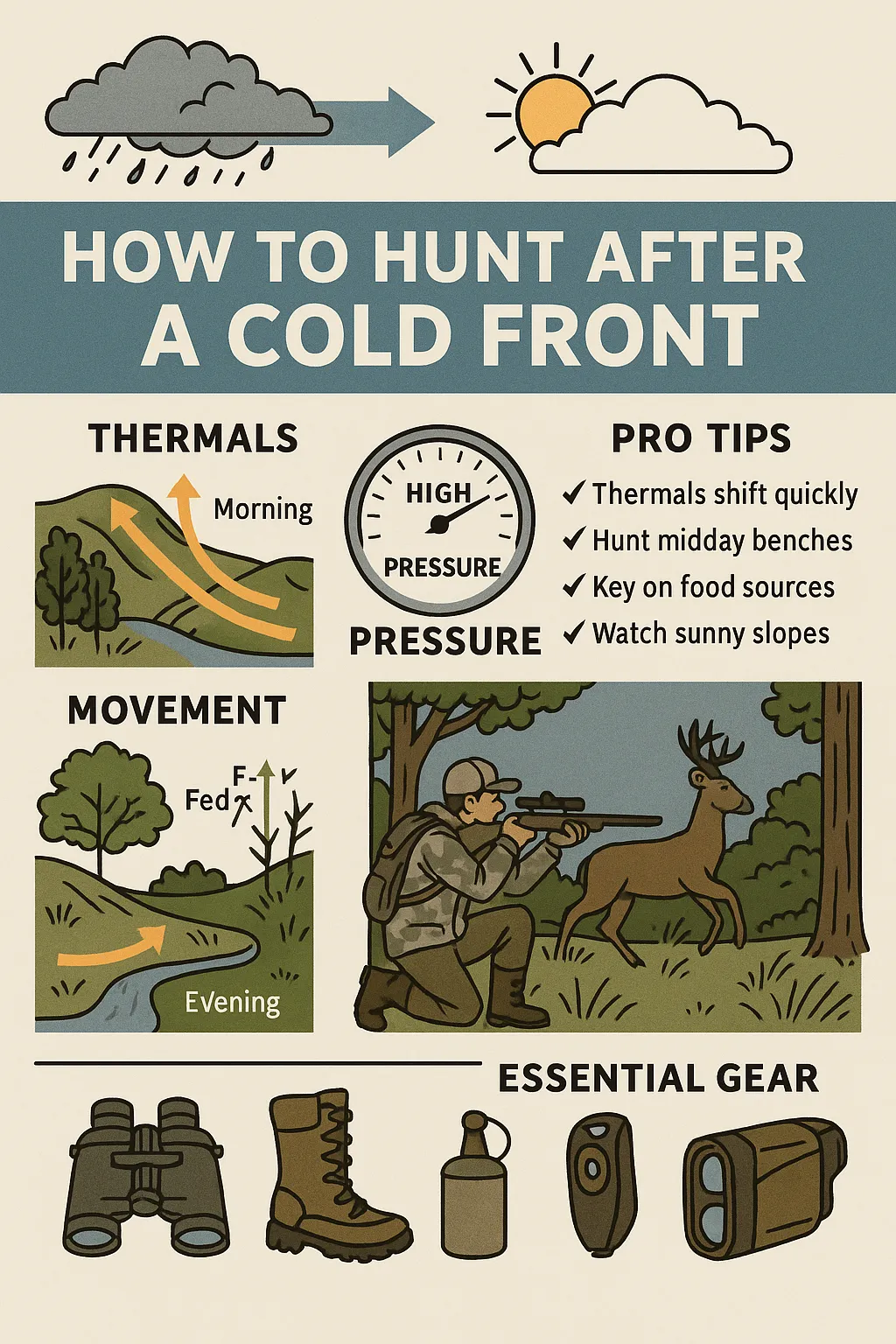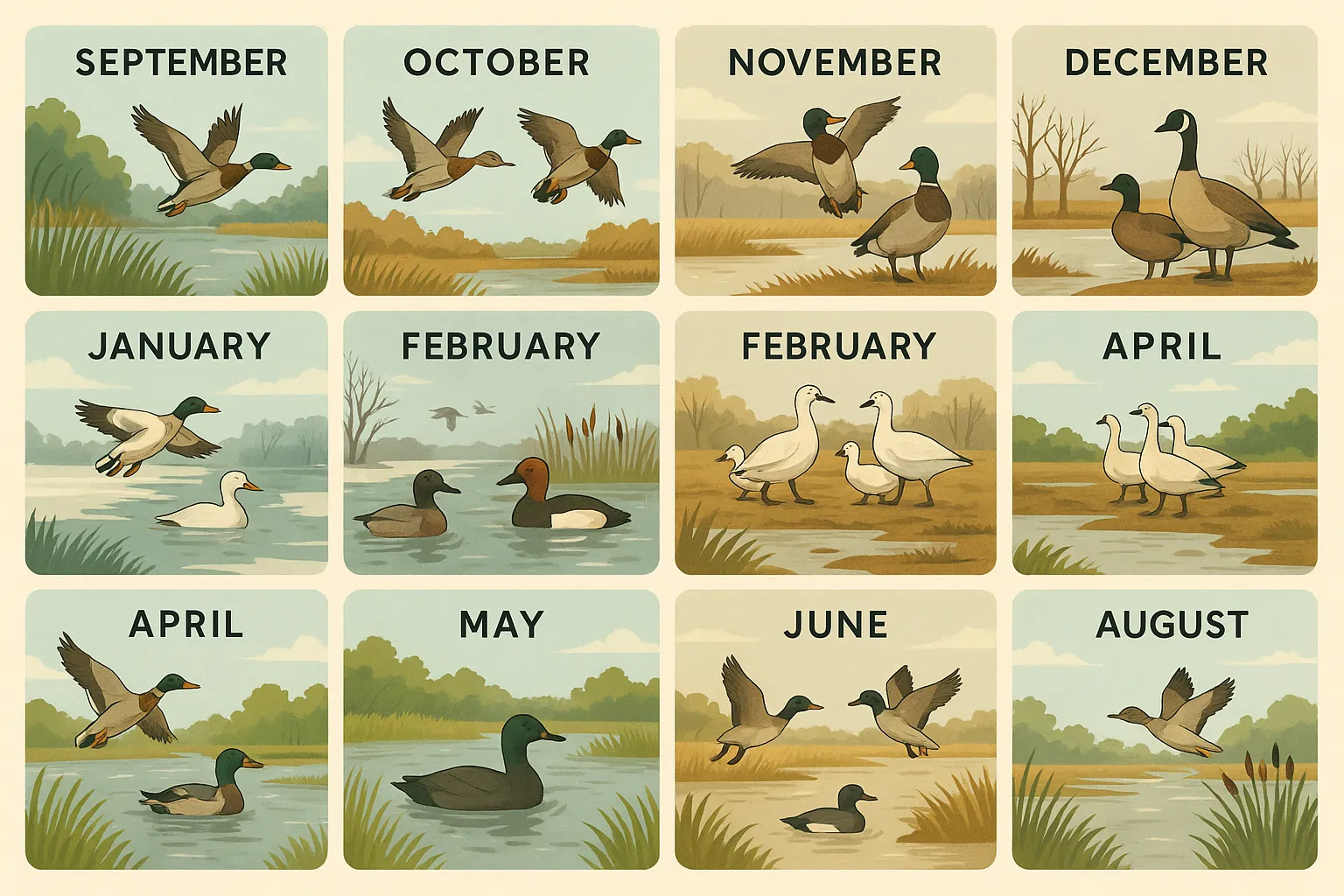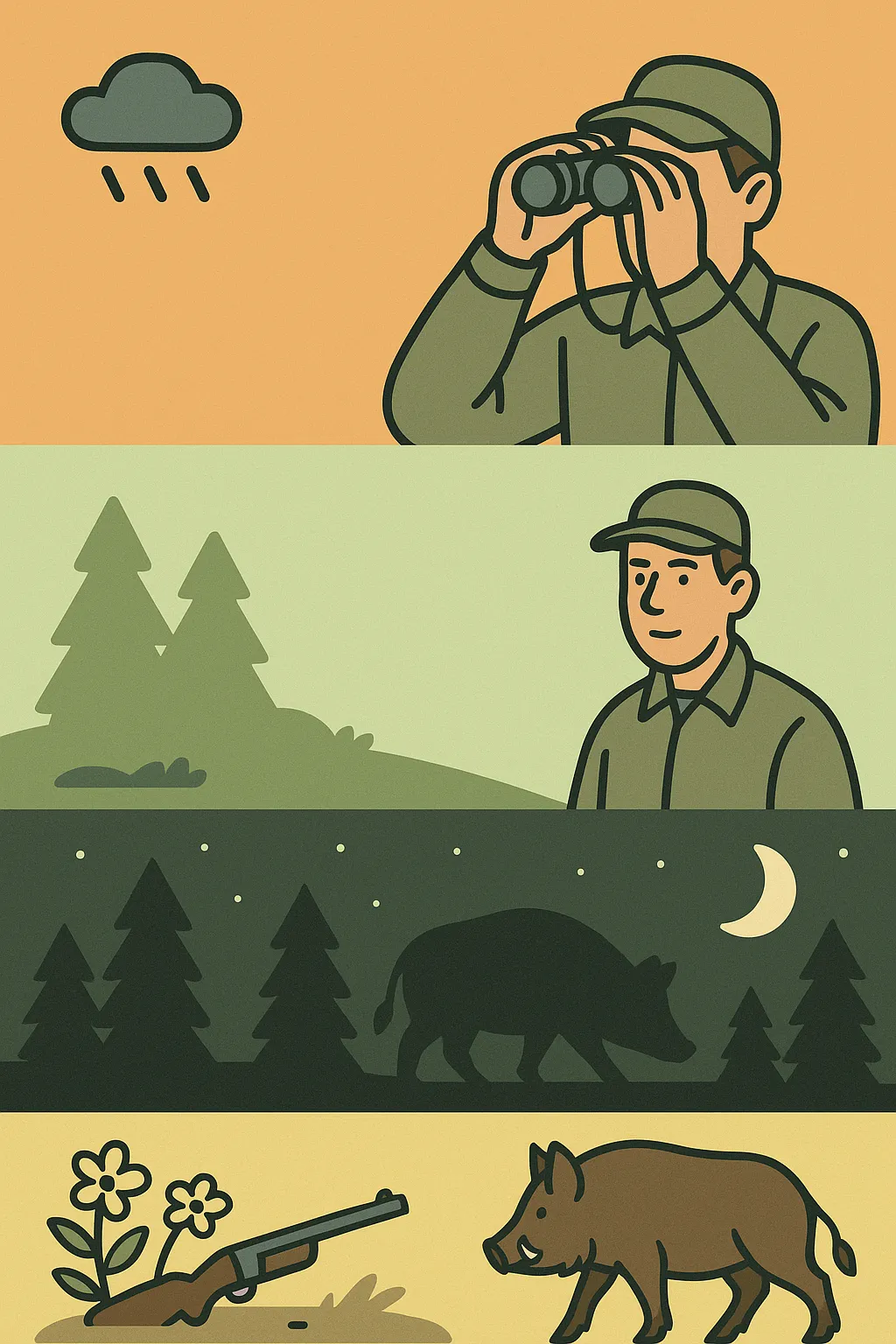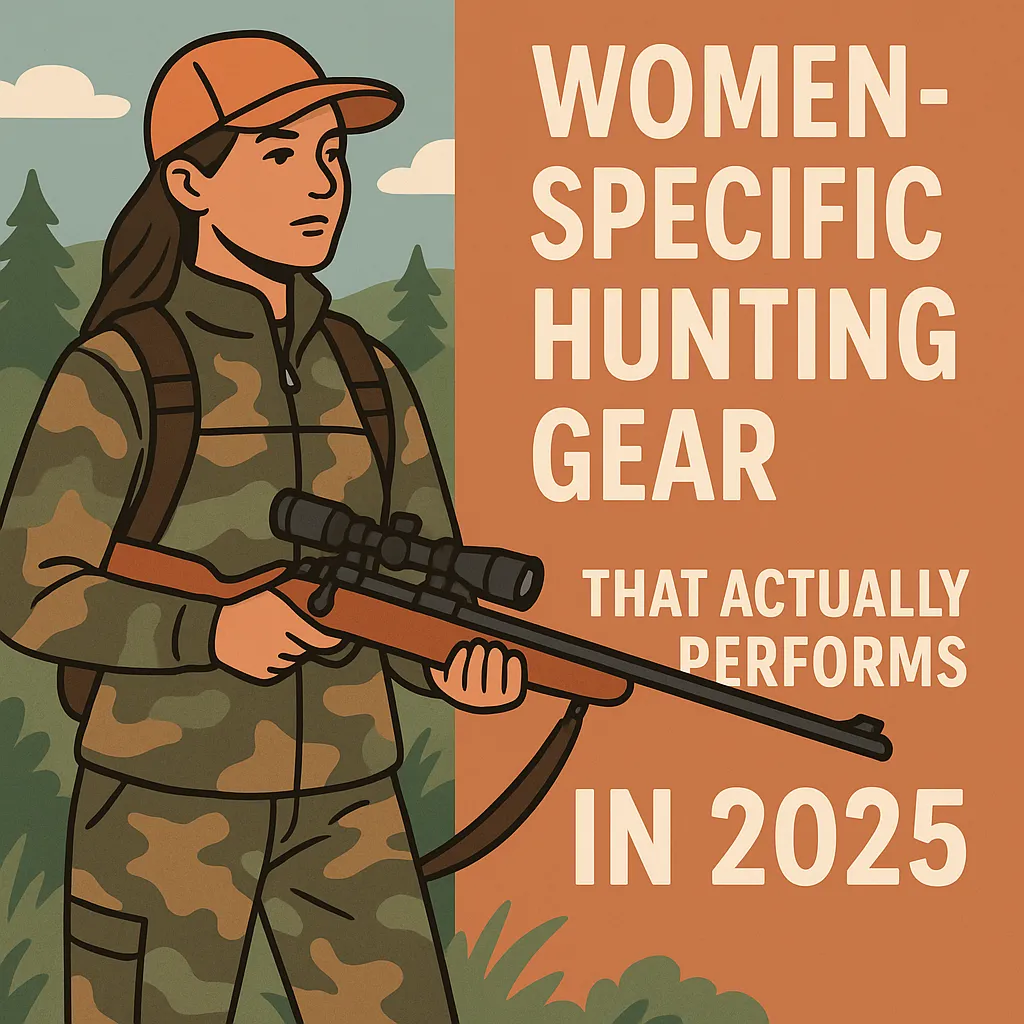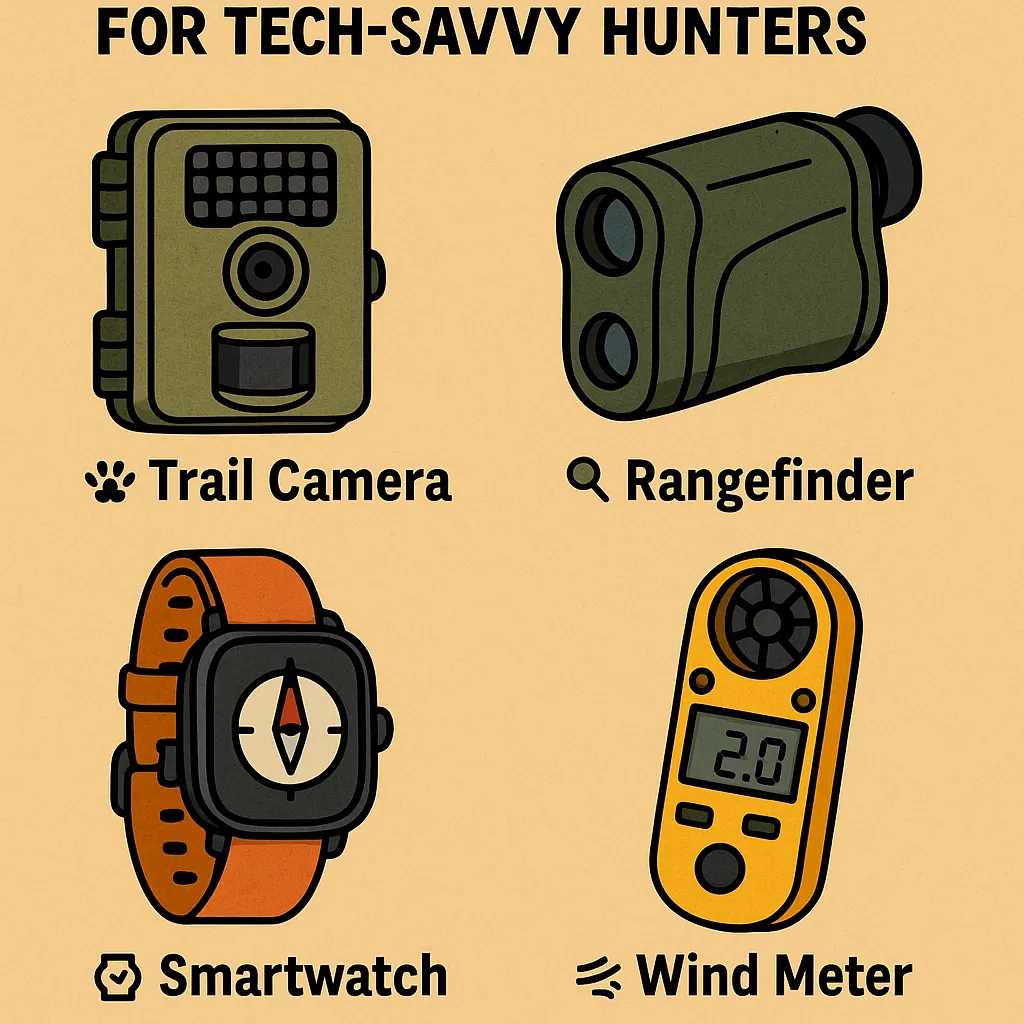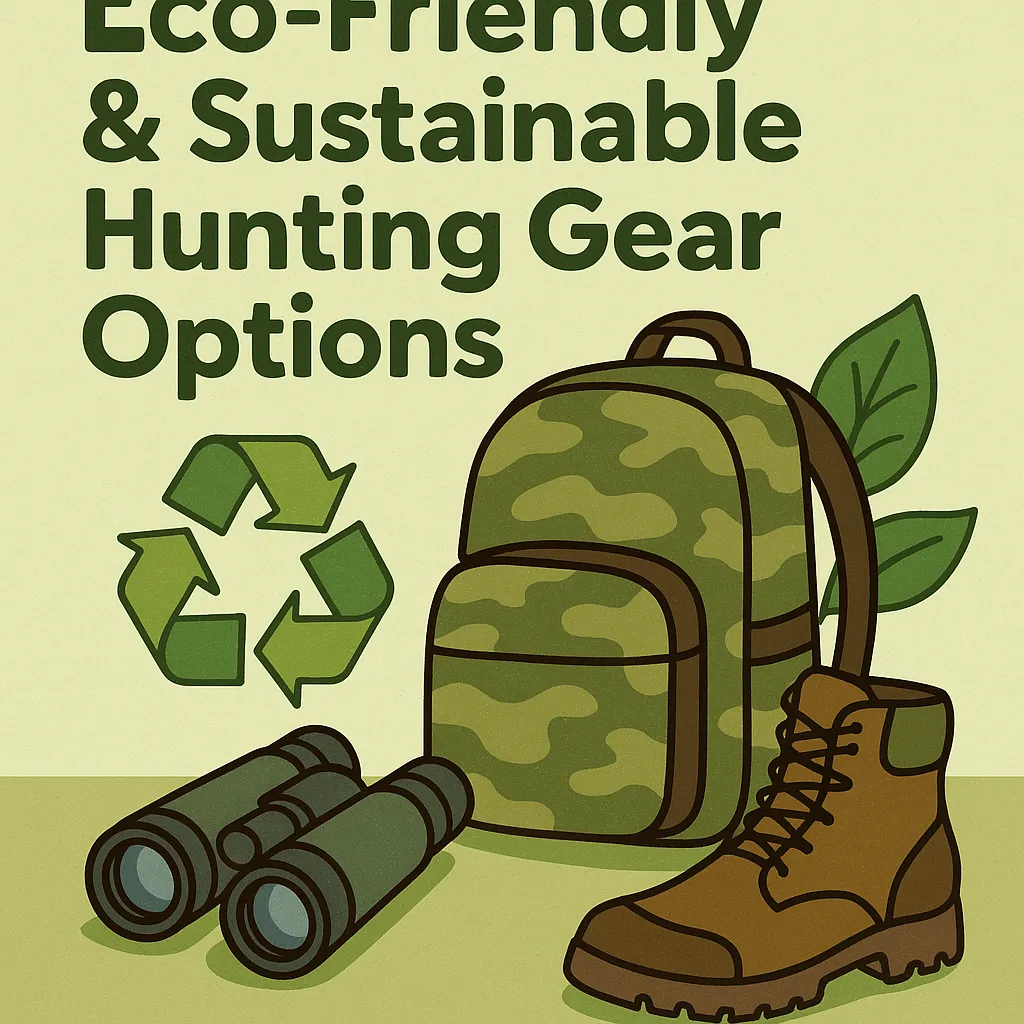
Drone Scouting for Hunters – Legal, Ethical, and Practical Tips in 2025
Drones have taken to the skies—and the woods. In 2025, more hunters are using unmanned aerial systems (UAS) to scout terrain, monitor game movement, and even retrieve downed animals. But the rise in aerial intelligence also comes with legal boundaries and ethical gray areas. Here’s what boots-on-the-ground hunters and seasoned drone pilots are saying about flying smart, staying legal, and scouting better.
🌿 Where Drones Shine in the Field
🔸 Top Uses for Hunters:
- Pre-season terrain mapping and habitat glassing
- Identifying bedding areas, trails, food sources
- Post-shot tracking of wounded animals (heat signatures)
- Monitoring hunting pressure on public land
🎣 “I flew my drone pre-season and found two wallows I never knew existed. Saved me four days of boot scouting.”
— Carson M., Idaho elk hunter
🎣 “Used a thermal drone to locate a downed buck just before midnight. Ethical recovery, fast and clean.”
— DeShawn T., Georgia
⚖️ Know the Law: What’s Legal (And What’s Not)
✅ Legal (in most states):
- Using drones for scouting before the season begins
- Terrain and trail scouting on private land with permission
- Post-harvest animal recovery using drones with thermal or zoom optics
- General land surveying and access planning
❌ Illegal or heavily restricted:
- Using drones to locate, pursue, or disturb live game during open season
- Flying over wildlife management areas or state parks (check local regulations)
- Live-feeding animal locations to hunters actively in the field
- Flying without FAA Part 107 certification for commercial scouting operations
🎣 “Colorado DNR nailed a guy for using a drone mid-archery season to find elk. Game camera’s fine. Drone? Ticketed.”
— Mike R., Colorado
🤠 Ethical Considerations in Drone Use
- Fair Chase: Don’t let tech remove the chase from the hunt. Drones should help scout—not give real-time kill assistance.
- Privacy: Respect neighboring landowners, camps, and public users. Avoid flying over non-hunting areas.
- Impact: Loud or low-flying drones can spook game. Always maintain distance and avoid flushing animals.
🎣 “If you wouldn’t want someone flying over your stand, don’t do it to others. Use drones to scout smarter, not shortcut the hunt.”
— Alyssa W., Wisconsin
📊 Practical Drone Tips for Hunters in 2025
🌌 Gear to Look For:
- Drones with 4K zoom and thermal sensors for tracking
- Foldable, pack-friendly frames for backcountry scouting
- Live-stream apps with map overlay and geo-pin tagging
🔎 Best Practices:
- Scout early in the day when shadows show trails and bedding
- Pre-program flight paths using waypoints
- Save pins and photo overlays for seasonal pattern comparisons
- Use solar chargers for extended wilderness trips
📚 Top Drone Models for Hunters:
| Drone Model | Best For | Notable Features |
|---|---|---|
| DJI Mavic 3 Thermal | Recovery & tracking | Thermal + zoom dual camera |
| Autel EVO II Pro V3 | Terrain scouting | 6K video + obstacle avoidance |
| Skydio X2 | Hands-free flight paths | GPS mapping + AI nav |
| DJI Mini 4 Pro | Lightweight scouting | Under 250g, no FAA reg needed |
💬 Community Sources and Input
- Forums: HuntTalk, Rokslide, UAS Hunting Ethics Group
- Retailers: Drone Nerds, GoHunt Tech Shop, Backcountry Optics
- YouTube Field Tests: UAV Trail Tactics, WildView Tech, Drone Deer Recovery
- Legal Updates: State DNR sites, FAA UAS Portal, HuntStand newsfeeds
Pro Tip: Always check both state hunting regulations and FAA airspace rules before flying. Laws vary widely.
🌟 Final Takeoff: Respect the Sky, Respect the Hunt
Drones are a powerful scouting ally—but only when used legally and ethically. The best hunters in 2025 know that tech should enhance the chase, not replace it. Use your drone to scout smarter, track cleaner, and plan more precisely.
“A drone should be your eyes before the hunt—not your eyes on the animal. If it feels like cheating, it probably is.”
Leave A Comment
Related Posts
Women-Specific Hunting Gear That Actually Performs in 2025 Forget the […]
Must-Have Gadgets Under $100 for Tech-Savvy Hunters You don’t need […]
Eco-Friendly & Sustainable Hunting Gear Options in 2025 The modern […]

